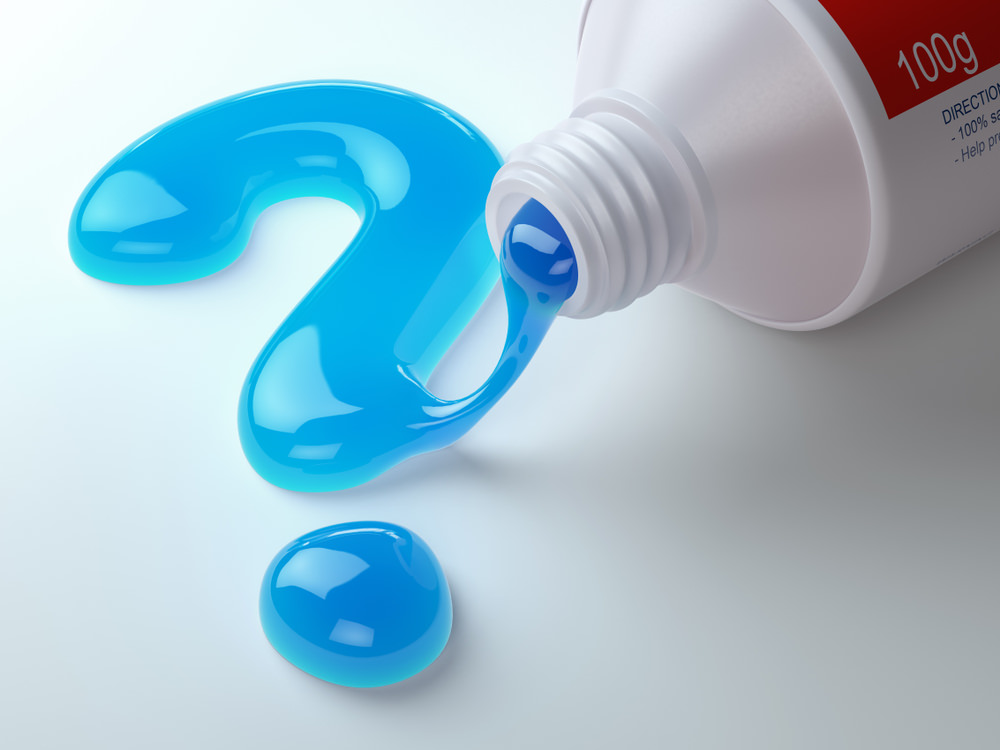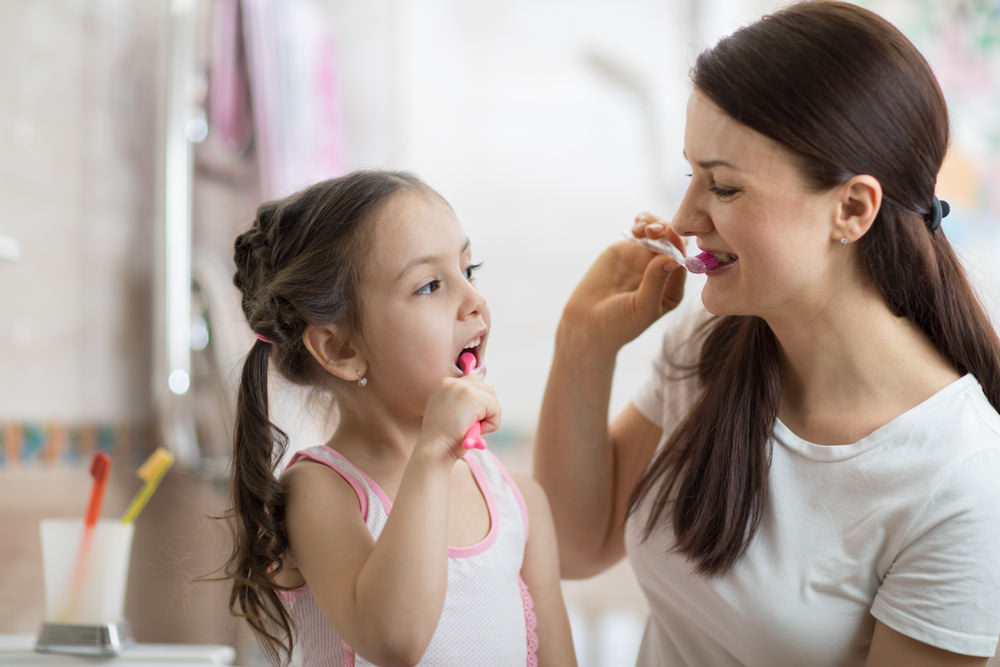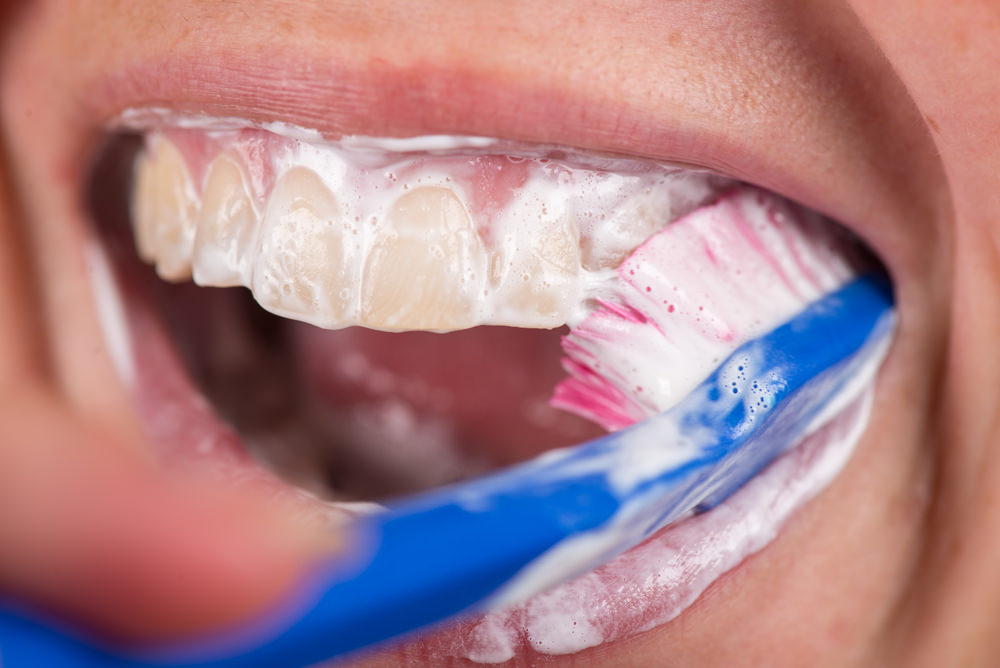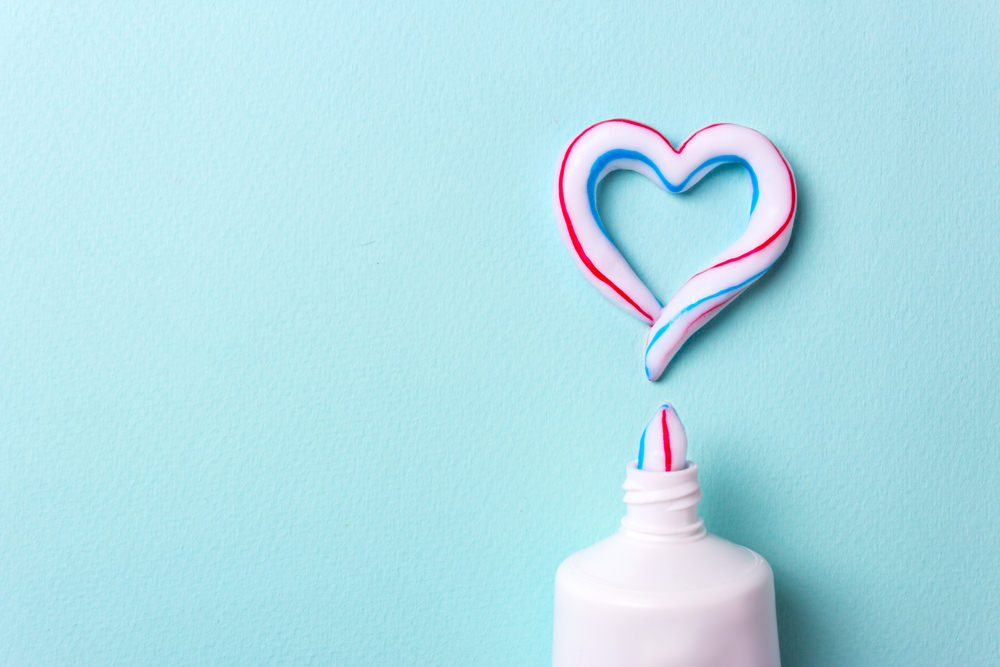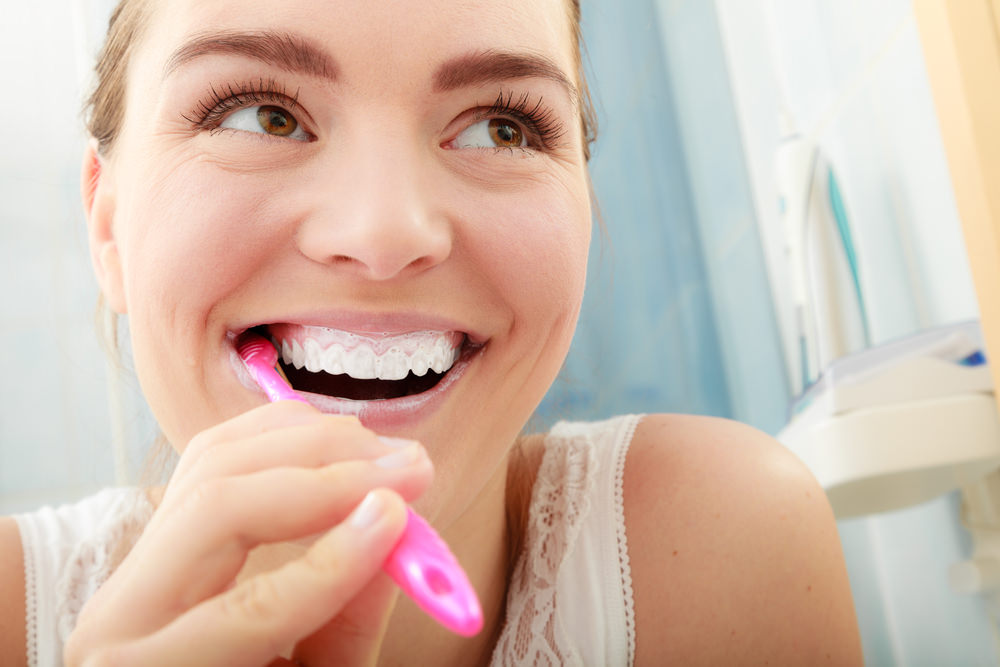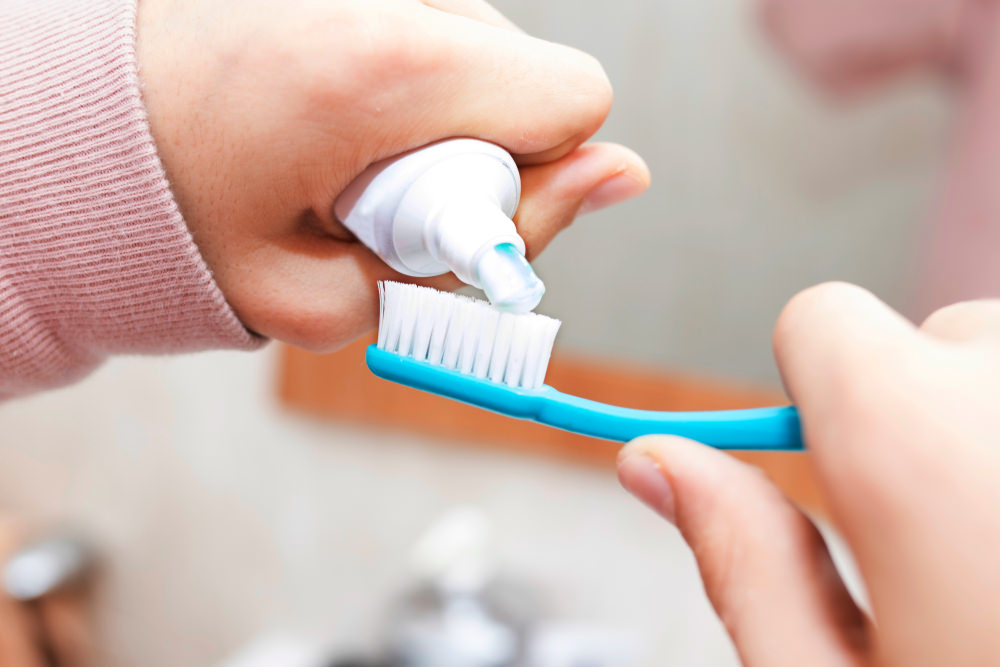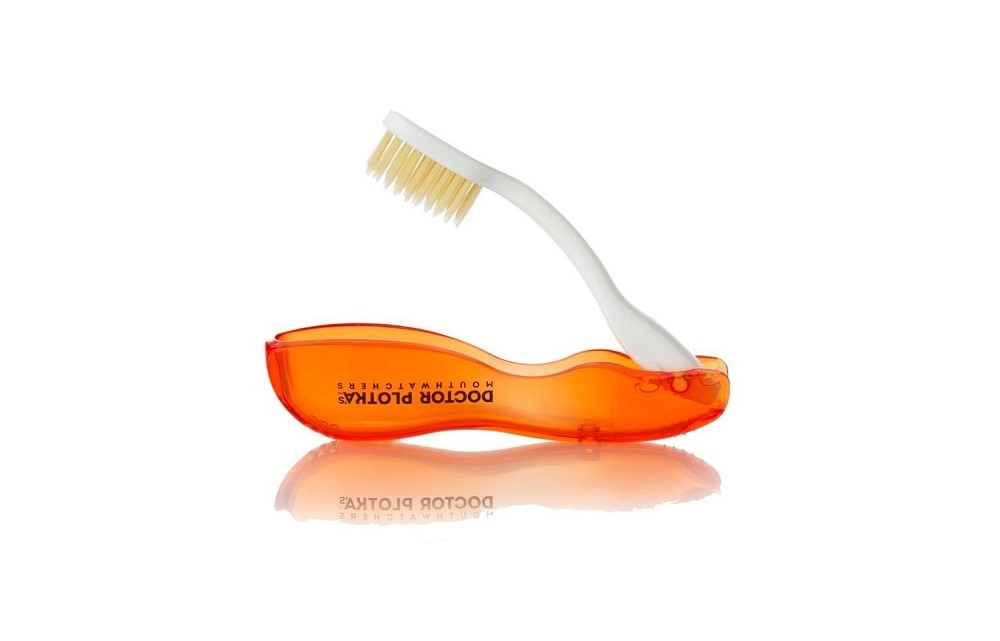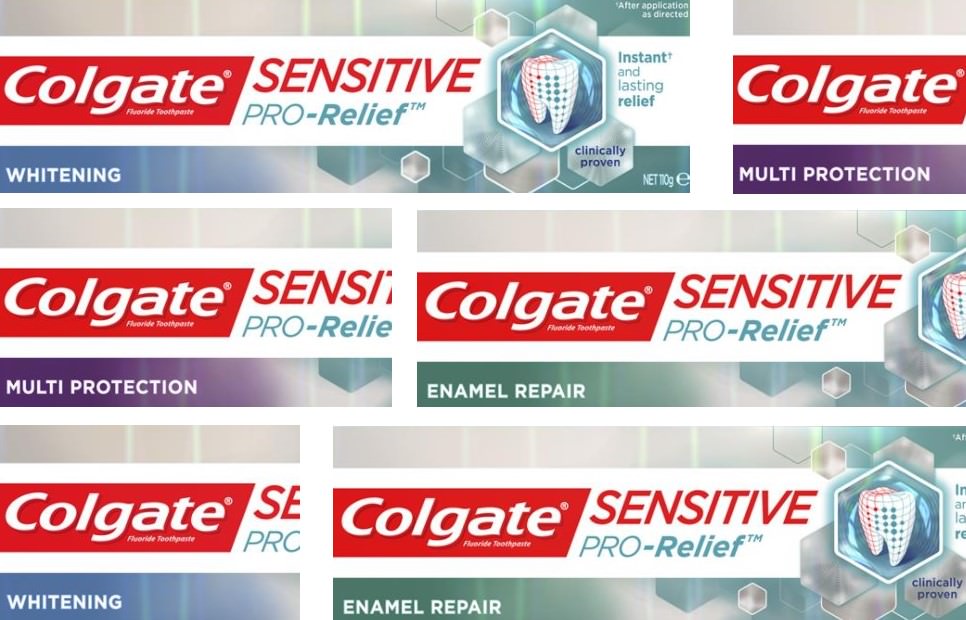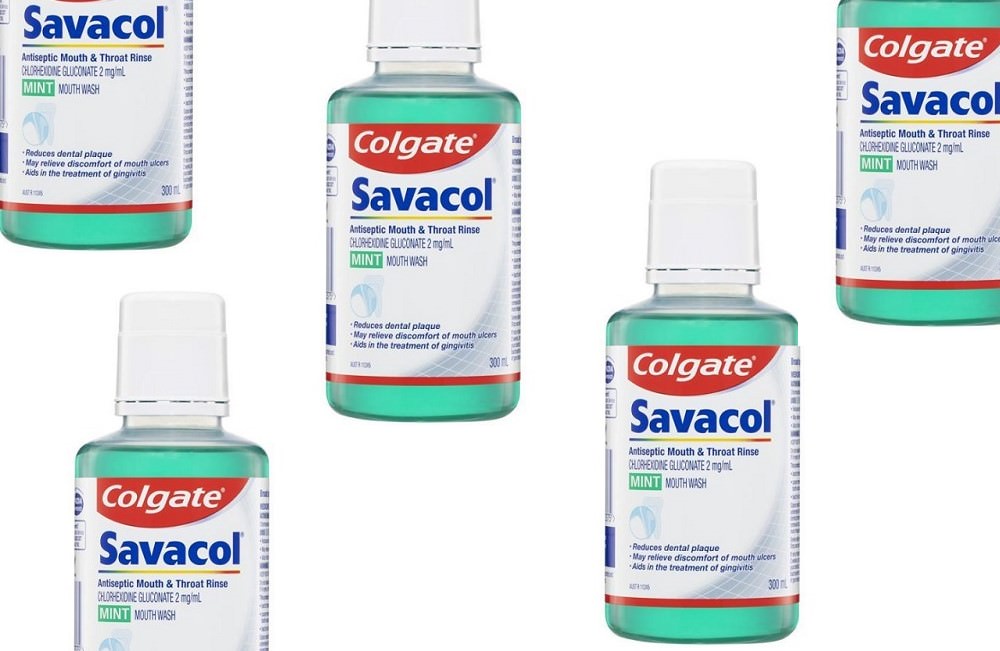Toothpaste Ingredients – What’s Safe + Natural Alternatives!
What are the common ingredients in toothpaste?
Toothpaste has two prime ingredients – fluoride and a mild abrasive.
These are bound together with humectants, detergents, and flavours.
Today I will cover whether these ingredients are safe to swallow and help you interpret each ingredient.
I will discuss where most kinds of toothpaste are made, and who is the largest toothpaste manufacturer.
I will talk about whether there is natural, or safer, alternatives to toothpaste.
Finally, I will talk about whether you can make your own toothpaste.
Let’s begin, so you can better understand the ingredients in your toothpaste.
Are These Ingredients Safe to Swallow?
Children’s toothpaste has a lower fluoride concentration than others.
Training toothpaste does not actually contain fluoride, for a reason.
While fluoride is technically a toxin, it’s safe to ingest in small doses, including the amount that’s in toothpaste.
But what happens when a child swallows their toothpaste, it can cause the concentration of fluoride in their blood supply to ‘spike’ (increase), which can have a negative impact on the development of their teeth.
If they have too much fluoride in their blood, it can interrupt the cells that are creating their adult teeth.
Spitting out the toothpaste assists in maintaining the benefits of the low dose of fluoride in the toothpaste.
But don’t worry – if they, or you, swallow the toothpaste, no-ones being poisoned.
It’s not hurtful to the rest of your body health-wise.
It would take eating several tubes of toothpaste to have a severe reaction to the fluoride, such as serious toxicity.
Just, for the best development of a child’s adult teeth, have them spit out, not swallow, their toothpaste.
But if your child does eat toothpaste, the fluoride can cause stomach upset, nausea, vomiting and diarrhea.
So, they may get temporary minor gastrointestinal symptoms.
If this does occur, giving the child a snack or drink containing calcium, such as milk or yoghurt, will help prevent stomach upset, as calcium binds with fluoride.
While training toothpaste does not contain fluoride, it is often sweetened with sorbitol, which can have a mild laxative effect if swallowed.
The flavouring and the pictures of kids’ favourite characters on the packaging, all of which are designed to make brushing fun, can also make it so appealing, that they can’t help but eat it.
So, regardless of its safety, toothpaste is still considered a medicine, and around your children, it should be treated and stored as one.
How to Interpret the Ingredients on Your Toothpaste Tube?
I will go over every ingredient that you may see on a toothpaste tube, their purpose, and what they might be called.
Let’s begin.
Abrasives
While the abrasive itself can vary, they have the same role.
And that is to effectively polish your teeth and remove particles of food stuck between them.
These could be labelled:
- Calcium carbonate.
- Calcium hydrogen phosphate.
- Sodium bicarbonate.
- Dicalcium phosphate dihydrate.
- Silica or dehydrated silica gels.
- Sodium chloride.
- Hydrated aluminium oxides.
The amount of abrasive in toothpaste will also be limited, as to not erode the enamel on your teeth.
Humectants
These are in toothpaste to keep it moist, so it does not harden when exposed to air.
You will most commonly see this called sorbitol, polyethylene glycols (such as propylene glycol), and glycerol.
Detergents
Detergents are used as they reduce your surface tension, which helps to loosen deposits of plaque and emulsify or suspend the debris taken off the tooth surface whilst it is being cleaned.
These are typically called:
- Sodium lauryl sulphate (which is not in itself a detergent, but more of a foam creator, helping to spread the toothpastes abrasives into hard-to-reach areas).
- Sodium lauryl sarcosinate (this may irritate your skin).
- Lauryl polyglucose, and
- Lauryl glucoside.
The last two are milder, so are not known to be irritable.
Flavours
Will usually be labelled as such.
Their role – as their name suggests, to give the toothpaste a nicer flavour.
Other names for flavours may be sweeteners, such as saccharin, or sorbitol.
Where Are Most Toothpastes Made?
Most kinds of toothpaste are now made overseas, many in America.
Though a few have manufacturing sites in Australia:
- Colgate is an American brand, but they have manufacturing sites at Villawood, NSW, and Labrador, QLD. Their head office is in Sydney, NSW.
- Macleans is 100% Australian-made, at Ermington, Sydney, NSW, by the multinational company GlaxoSmithKline (GSK) Pharmaceuticals Ltd.
- Sensodyne is also made by GSK, as is Polident.
But the following toothpaste is all imported from other countries:
- Aim – this toothpaste is from the American brand Church and Dwight.
- The Challenger brand (available at The Reject Shop), is made in China.
- Oral-B is owned by the American brand Procter & Gamble.
A full list of toothpaste brands and where they are manufactured can be seen here.
Not to worry though, Australia has quite strict regulations on importing these from overseas, which you can read about in this article by the Australian Government.
Who Is the Largest Toothpaste Manufacturer?
In Australia, there are two companies that compete for the title of the largest toothpaste manufacturer.
The first is Colgate Palmolive, the company which makes the toothpaste brand Colgate, which I’m sure that you have seen.
The next is a company called GlaxoSmithKline, or GSK for short.
As mentioned, they are responsible for Sensodyne, Polident, and Macleans.
What Are Natural/Safer Toothpaste Alternatives?
If you are worried about the thought of imported toothpaste, or some of the ingredients, you can try an all-Australian, all-natural alternative.
The main things to look for in a natural toothpaste include:
- Natural Sweetener (Sugar Alcohols) – These are used as are your natural replacement for fluoride, to protect against cavities. The amount contained is important, as it is the main ingredient. Many companies say they use it, but only use a small amount. They are non-toxic, so safe for children. Examples are xylitol or erythritol. Research shows that erythritol may be better for your tooth health, as it doesn’t raise blood sugar at all, whereas xylitol has a small impact.
- Check the ingredients twice – It’s highly important you know what you’re purchasing. It’s something you are putting it in your mouth, potentially swallowing, and it is being absorbed through your gums. It’s important to know what’s being placed in your mouth, as some toothpaste use a bunch of detrimental ingredients, such as foaming agents, artificial colours and sweeteners. Over time using them, these ingredients will add up.
- Natural flavours – Some flavours that have been chemically contrived can cause your skin or mouth to break out in a rash.
So, what are some kinds of toothpaste worth checking out?
These are listed below, along with the reason why they are a safe alternative.
NFco
NFco contains 25% Xylitol, which is the highest level available in any natural toothpaste you can purchase in Australia.
Their toothpaste is also 70% organic. It is flavoured by a real mint, not a chemical mint.
Lovebyt
Made in Sydney, Lovebyt’s toothpaste does not contain fluoride, artificial sweeteners, parabens, detergents or sulphates.
It does contain charcoal powder which can help whiten teeth, essential oils such as eucalyptus, tea tree and peppermint, which are antibacterial, and cinnamon, clove, calendula and chamomile, which are known to soothe tender gums and decrease sensitivity.
They also contain Xylitol.
Archie
Archie is available in nine different flavours, everything from wild liquorice to cinnamon bang, watermelon crush or lemonade storm.
These can make your toothbrushing experience really sensory.
With locally sourced ingredients, the ‘tooth gel is in a glass bottle, with a pump that has been designed to give out the perfect amount.
It contains glyceryl caprylate, which is produced from vegetable oils, and boosts the antibacterial function, and hydrated silica, as its mild abrasive.
They use erythritol, not xylitol.
Grants of Australia
Grants of Australia is inexpensive at $4.20.
They have a choice of fluoride or fluoride-free, but with Xylitol.
Flavours include spearmint, peppermint, cinnamon or even fragrant-free.
Or you can get strawberry or blueberry for children.
Free from parabens, sulphates and preservatives, you’ll find this in health food stores and supermarkets.
101 Lifestyle
A toothpaste that contains charcoal as its’ abrasive, coconut oil to attack harmful bacteria and keep teeth clean, cinnamon for its’ anti-inflammatory properties, and spearmint oil for freshness, as well as it is a natural antiseptic.
It does not contain parabens, sulphates or alcohol.
It does contain stevia as the sugar alcohol.
Gem
Gem comes as a bottle of 60 tablets rather than toothpaste.
You simply put one in your mouth, bite and this brushes your teeth.
This form is great for travelling or keeping in your handbag or at your desk.
They are made from spearmint and peppermint oils, and xylitol.
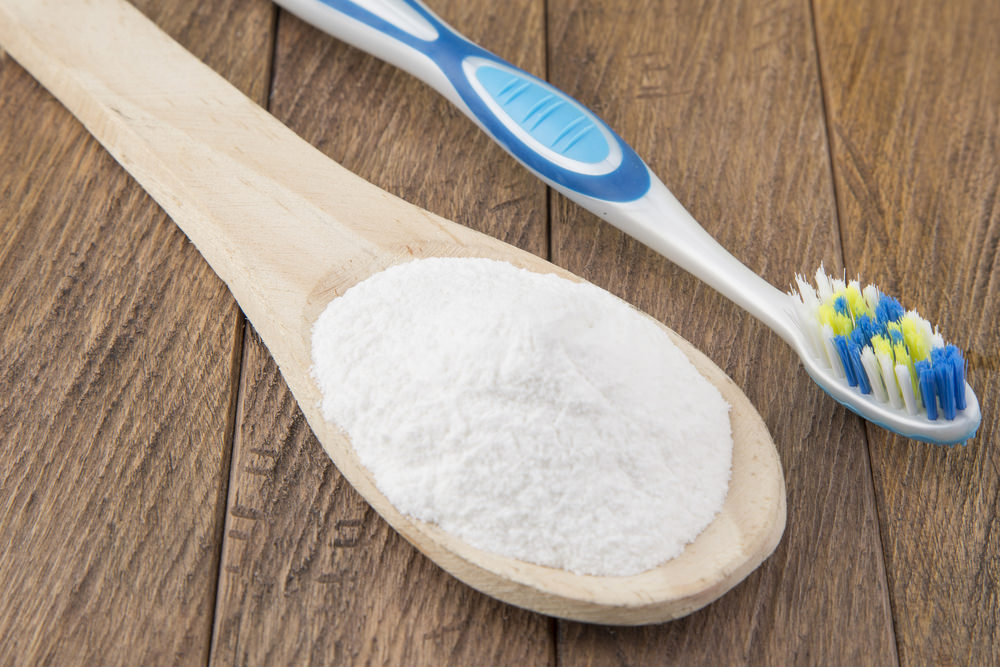
Baking soda is one of the natural at home remedies for toothpaste.
Can You Make Your Own Toothpaste?
If you still have not uncovered a natural toothpaste that has tickled your fancy, then you may wonder if you can make your own.
The answer. Yes.
There are several ways that you can make your own toothpaste, with ingredients you probably have in your very own pantry.
I will run through all of these below.
Let’s begin.
Baking Soda
Research shows that baking soda is effective at cleaning teeth, removing plaque and winning the battle against tooth decay.
Due to this, a lot of toothpaste actually contain baking soda as an ingredient already.
But if you can deal with its’ gritty feeling and not overly friendly, but rather plain taste, you may want to try making your own.
Simply mix one teaspoon of baking soda with two teaspoons of water until it forms a paste, and use this in place of your regular toothpaste.
Hydrogen Peroxide
Hydrogen Peroxide can be a very effective alternative for toothpaste, as it can kill bacteria.
But, if utilising this method, you must be extra-careful.
Most instructions will tell you to use peroxide that is only 1.5% – 3% in strength.
So, be sure that you dilute the peroxide with water – if you don’t you may burn your gums.
You have a few options with peroxide.
You can use it as a mouthwash, or mix it with other ingredients to make toothpaste, such as:
- Baking soda.
- Listerine.
- Lemon juice, or
- Salt.
This is a great article that discusses the exact methods to use peroxide.
Xylitol
We have already discussed how xylitol, a naturally occurring sugar alcohol (found in fruits and vegetables), is used in natural toothpaste.
But did you know you could use it to make your own toothpaste?
There is some research showing it could prevent tooth decay, though more studies are needed to confirm this.
But still, it won’t harm you. So, you can get xylitol in gum form, as a lozenge, or just in its sugar form, and swish it around in your mouth.
Just be sure to brush your teeth after, removing all remnants.
Oil Pulling
Oil pulling is an ancient oral health technique.
You simply take roughly a tablespoon of oil and swish it in your mouth for about 20 minutes daily.
Studies show it can reduce plaque and help fight gingivitis.
To find out more about how to perform oil pulling you can read this post.
But you should also know it has some risks, which can be seen here.
Essential Oils
Peppermint, eucalyptus, cinnamon, rosemary, or lemon essential oils have some great antibacterial properties, making them great cleansers for your teeth.
If using them, just be sure to follow the safety precautions defined by the National Association for Holistic Aromatherapy.
Then, add a few drops of your favourite oil to water, and start brushing.
Conclusion
I hope this has helped you understand all the ingredients in your toothpaste and eased any worries you may have had, or helped you find an alternative.
It’s important to note that, if you try any of the natural alternatives, treat them like toothpaste, and do not swallow them.
Spit it straight out after using, and rinse your mouth.
You can talk to your dentist first about any concerns.
If you find a solution that works for you, you may never have to use normal toothpaste again.
By Andrew Adams
Created at November 03, 2021, Updated at November 03, 2021


